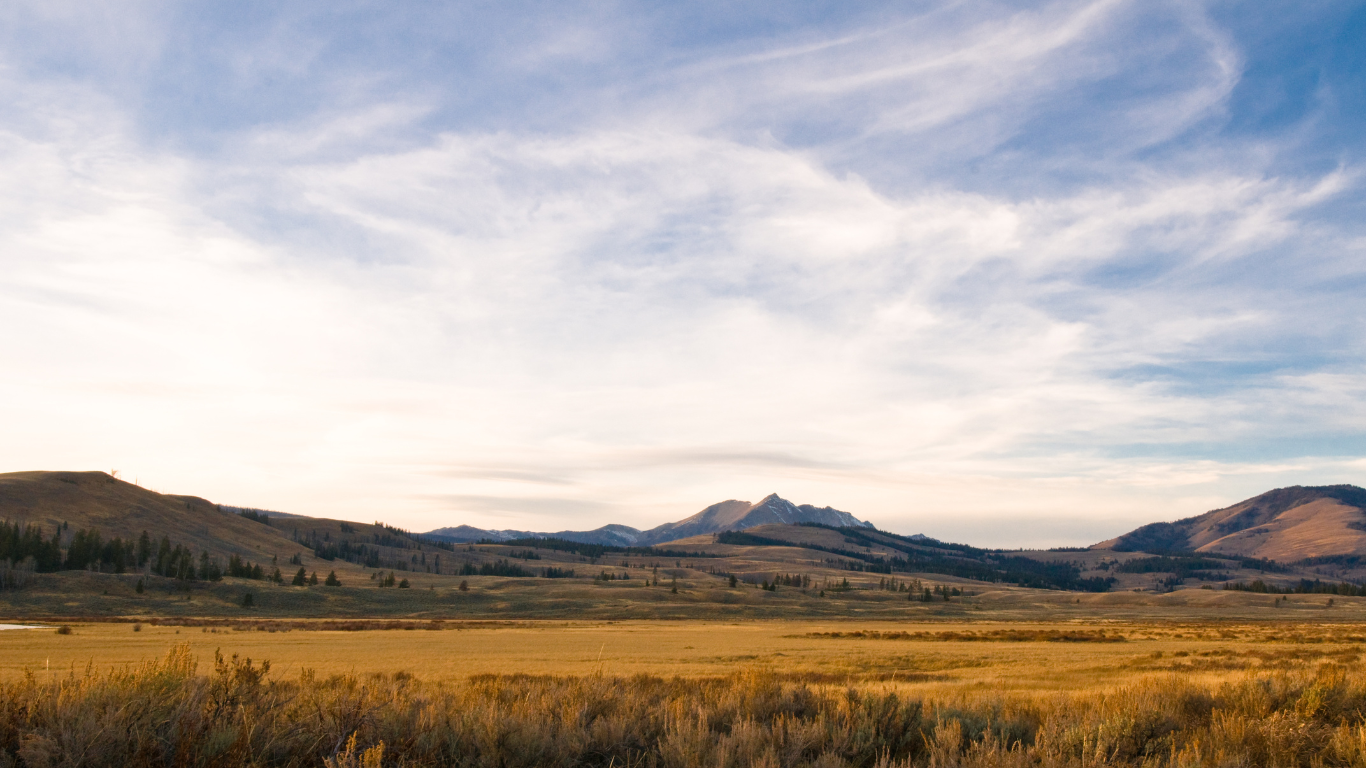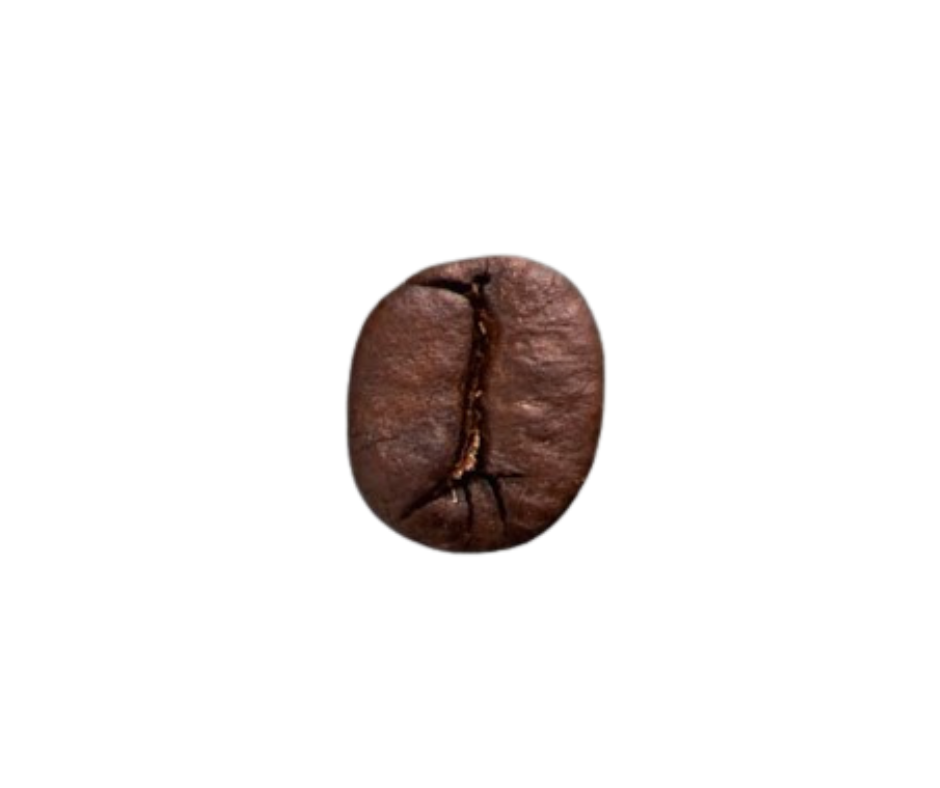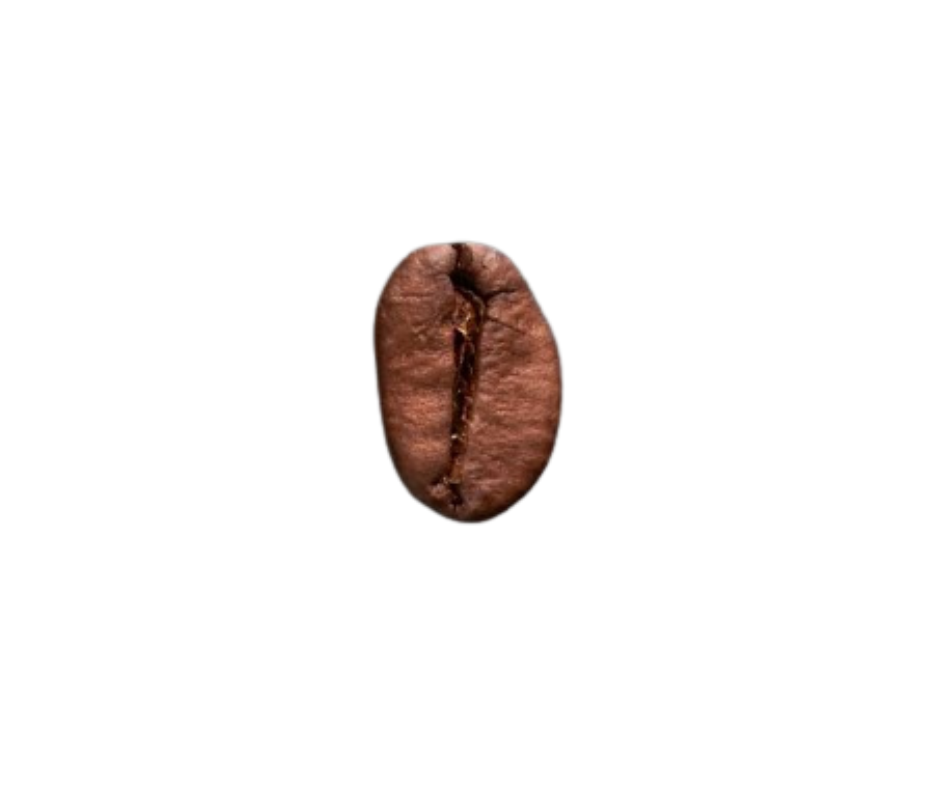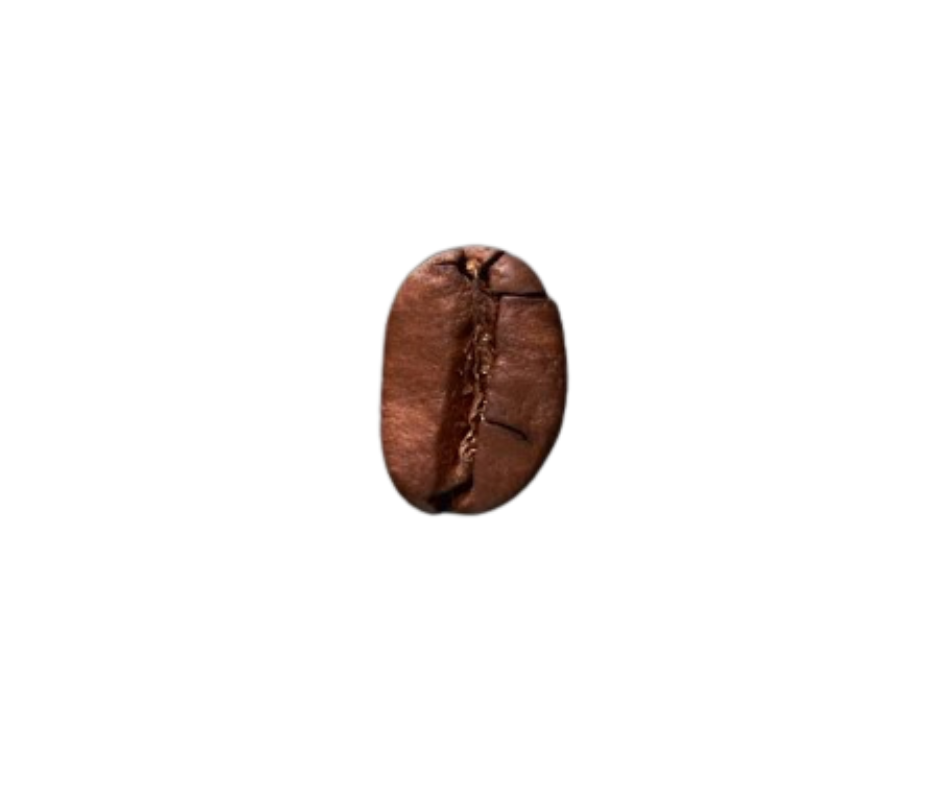
Variety
What do you mean there are coffee varieties? Isn’t coffee, just coffee? Well, that’s kind of like saying a horse is just a horse. If you go a step further, you'll quickly realize there are many different types of horses that each have their own distinctive qualities, histories, and purposes. Coffee is the same way.
While the exact number of coffee varieties is unknown, there are over 120 that are relatively more common. We won’t go into depth about all of those varieties, but you can explore them via the interactive chart provided here by World Coffee Research. For a more concise look, the four primary varieties and some of their most popular related sub-varieties are as follows:

Arabica:
Originated out of Ethiopia and have flavor profiles that vary greatly, but tend to be smoother, far less bitter, and less acidic than Robusta. Typically larger in size and sweeter in taste than other varieties below. Arabica is the most popular variety, accounting for roughly 70% to 75% of world coffee production.
- Bourbon: Generally are sweet and fruity with notes of berries, chocolate, and citrus.
- Caturra: Generally are smooth and chocolatey.
- Typica: Generally are sweet with fruity notes and are well-balanced.

Robusta:
Originated out of Sub-Saharan Africa and have flavor profiles that are generally earthy, woody, nutty, and bitter. However, they tend to contain more caffeine (which is naturally bitter) and more antioxidants than Arabica beans. Usually smaller in size and rounder in shape compared to Arabica beans. Robusta is the second most popular, accounting for roughly 20% of world coffee production.
- Conillon: Generally have a strong, bitter taste.
- Nganda: Generally have earthy notes.
- Robusta 2: Generally have a bitter taste, but less so than Conillon.

Liberica:
Originated out of Central/Western Africa (but are now primarily grown out of Southeast Asia) and have flavor profiles that are generally unusual with earthy, woody, and/or nutty notes. Tend to have a more oblong/oval shape than the others and size can vary greatly.
- Abeokutae: Generally are fruity, nutty, and chocolatey.
- Arnoldiana: Generally are lighter and sweet with notes of caramel.
- Aruwimiensis: Generally have strong notes of clover and other spices.
- Kapeng Barako: Generally have a deep, traditional coffee taste.

Excelsa:
Originated out of Africa (but are now almost exclusive to Southeast Asia) and have flavor profiles that are generally complex with floral, fruity, citrus, and herbal notes. Better yet, Excelsa beans tend to be less acidic than both Arabica and Robusta beans. Bean sizes tend to be either somewhere between Arabica and Robusta or smaller.
